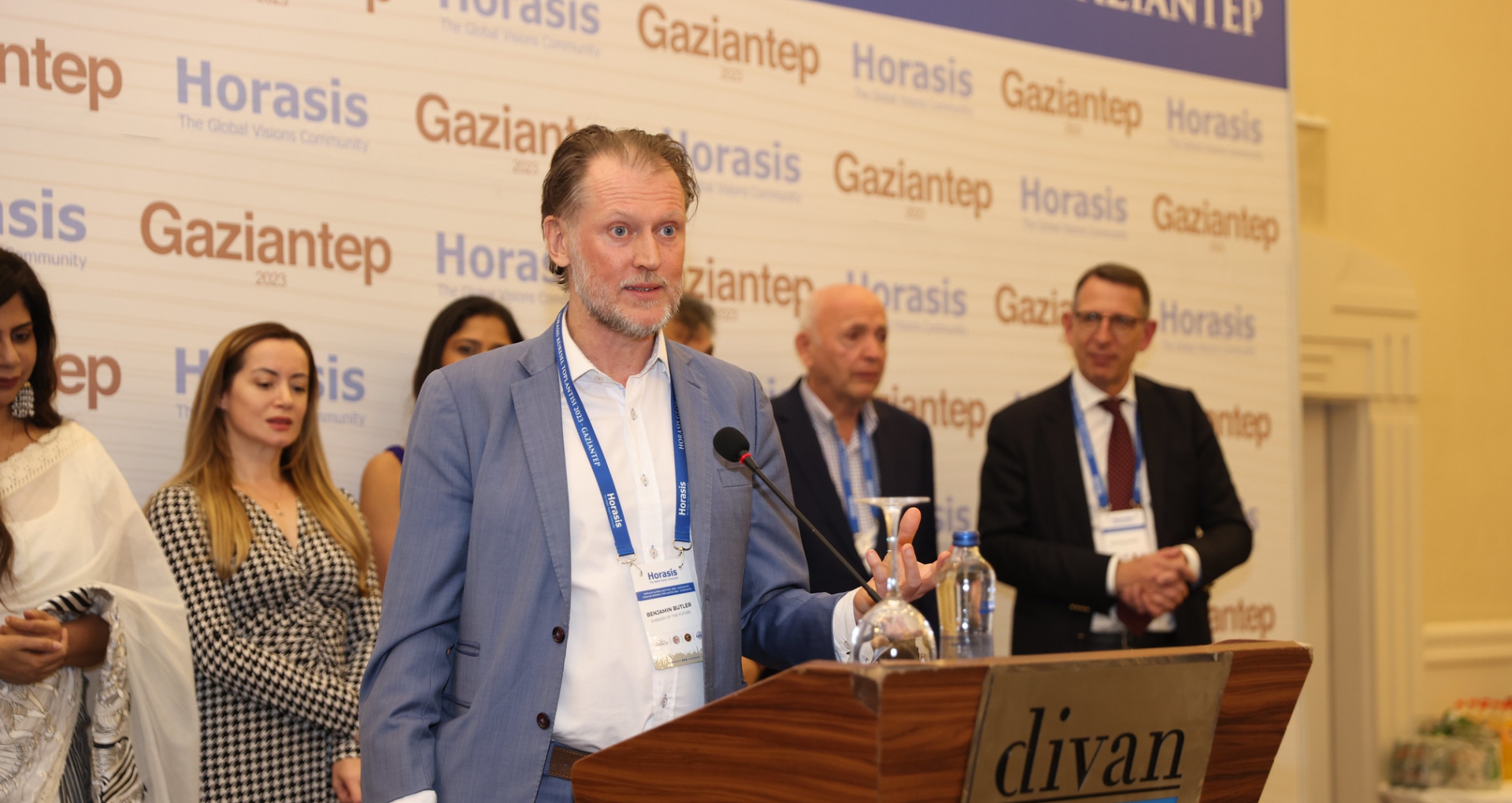Quest for Sustainable Ecosystems: Covid-19 Triggers Mass Exodus from Cities to Villages
During World War II, hundreds and thousands of migrant workers risked their lives and returned to their villages from Burma during the Japanese bombing. Many risked their lives and returned on foot along with their families leaving their belongings behind. My grandparents and their four small children were among those refugees that returned. They migrated to Burma to earn a better living but the war brought this to an end. Many died on their journey back from starvation, sickness, snake bites, bombing and being devoured by wild animals. Many risked death and did not make it. We are now fighting a different war and people are risking their lives to return home to their villages.
Mahatma Gandhi said, “the soul of India lives in its villages”. Villages are home to approximately 70% of the Indian population. Migrant workers, whoever they may be, in times of crisis and distress, their souls desire to return home – to their roots to be at peace within themselves. Here are four reasons why this exodus is taking place based on my analysis.
Villages offer four value propositions that Cities cannot offer to people:
-
Community: Sense of belonging, coexistence, and the comfort of extended family
-
Ecosystem: Relationships that meet one another’s needs – interdependence prevails vs independence.
-
Natural Resources: Access to sources of life – Arable land and water sources to grow food – the basic need.
-
Brand Value: Identity, Legacy, Lineage, Ancestral Pride, Inheritance – tacit knowledge of ancestral trades.
Creating Employment in Villages
Separation from people’s natural habitat may produce income but not happiness in their souls. Today, villagers can generate adequate income from their home villages through the use of digital technology. For example, in this increasingly connected world, young people in villages can learn coding and programming by the use of mobile devices through programs offered, tested and certified by global firms like Salesforce, Amazon, Nvidia, Adobe and Microsoft. Some of these firms can also offer job placement where jobs can be done from their homes or local hubs. UC Berkeley is working with many of these firms in coming with new business models that create value for the whole business ecosystem. Uneducated weavers and artisans can access global markets by uploading their products to on-line platforms and selling their products and having their bank accounts credited instantly. This eliminates middlemen and costs and redundancies that save time and offers speed to market. All this can happen without villagers leaving their villages or towns.
To orchestrate this effort, UC Berkeley started the Smart Village Movement three years ago to make villages self-sustainable through digital technologies. The mission of the Smart Village Movement is to provide villagers access to global markets, tools, resources, and timely information to create value for themselves.
This can only happen when individual inhabitants are connected to the global ecosystems via open innovation platforms that are a) frictionless, b) risk-free, c) mobile-based, d) user-friendly, e) transparent, d) equitable and e) offer real-time data on demand. Villagers need freedom and empowerment to create value for others and capture some of that value for themselves as income. This requires new thinking: Smart Village Movement at Berkeley is not about building infrastructure in villages – it is about building people by providing access to knowledge and resources by which they can build their village infrastructure over time. This promotes real organic growth that is sustainable versus free government programs, schemes, subsidies and handouts.
What is Smart Village?
There are many definitions for a Smart Village but at UC Berkeley we formulated a unique definition:
“A Community Empowered by Digital Technologies and Open Innovation Platforms to Access Global Markets.”
UC Berkeley’s Smart Village Movement promotes the Digital India initiative and NITI Aayog’s policies to achieve sustainable development goals. The bottom- up approach is employed in developing practical scalable and sustainable solutions by engaging villagers on the ground with high-level decision- making officials of state governments, global businesses, startups, and universities. Berkeley is currently working in several states in India and is on the mission of developing scalable and sustainable models that could be employed throughout India.
This article was authored by Professor Solomon Darwin, Executive Director: Center for Corporate Innovation Executive Director: Center for Growth Markets, Haas School of Business, UC Berkeley



